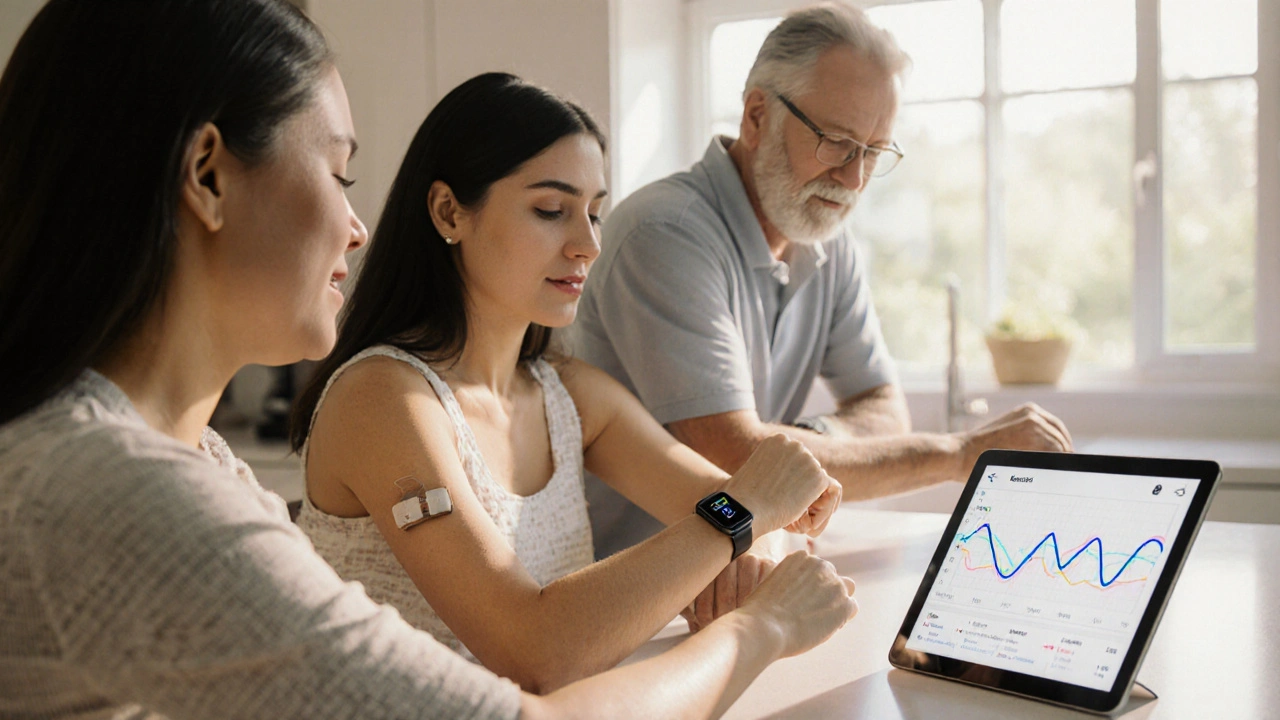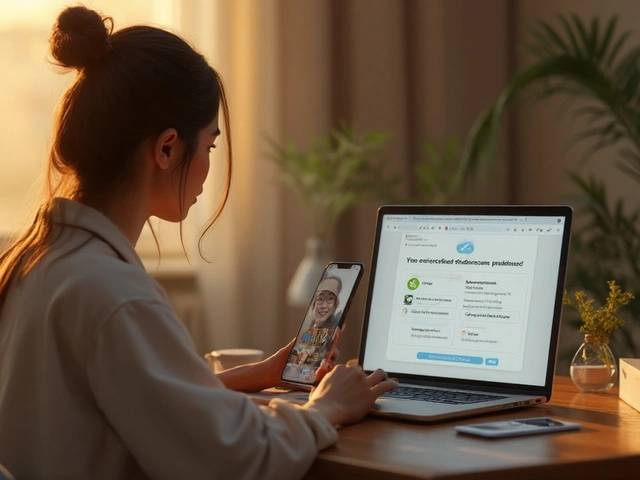Continuous Glucose Monitor Guide: Understanding the Tech Behind Diabetes Care
When working with continuous glucose monitor, a wearable device that tracks interstitial glucose levels every few minutes. Also called CGM, it helps people with diabetes, a chronic condition where blood sugar regulation is impaired see trends and act quickly. The core of a CGM is a glucose sensor, a tiny filament inserted under the skin that measures glucose in the fluid surrounding cells. That sensor talks to a transmitter, which sends data to a smartphone or receiver, creating a live stream of numbers that can be visualized on charts.
Why does this matter? Because real‑time readings let users fine‑tune insulin therapy, the regimen of rapid‑acting or long‑acting insulin used to keep glucose in the target range. Instead of guessing after a finger‑stick test, a person can see a spike and decide whether to take a correction dose, hold a meal, or adjust activity. This feedback loop reduces both hyper‑ and hypoglycemia, which are the two biggest risks for anyone managing diabetes.
From Sensors to Insights: The Data Journey
The numbers a CGM produces aren’t just for the wearer. Modern platforms apply health data analytics, algorithms that spot patterns, predict trends, and suggest actions based on historical glucose behavior. Alerts can warn of an impending low, and trend arrows tell you whether glucose is climbing, steady, or falling. For clinicians, the aggregated data offers a richer picture than occasional lab tests, enabling more precise medication adjustments and lifestyle counseling.
Beyond insulin, the CGM ecosystem intertwines with diet, exercise, and stress management. Many apps let you log meals, workouts, and sleep, then overlay that information on glucose charts. Seeing how carb‑heavy meals push levels up or how a brisk walk pulls them down turns abstract numbers into actionable insights. That holistic view is why CGMs are becoming a centerpiece of comprehensive diabetes management programs.
Of course, technology isn’t a magic fix. Users need to calibrate sensors, replace them every 7‑14 days, and understand sensor lag—a few minutes delay between blood and interstitial glucose. Knowing the sensor’s lifespan and proper insertion technique prevents irritation and inaccurate readings. Many manufacturers provide onboarding videos and support lines to help newcomers avoid common pitfalls.
Insurance coverage and cost also shape adoption. In places where public health plans reimburse CGM kits, more people can access the benefits, leading to lower long‑term complications. When out‑of‑pocket, costs can be a barrier, so patients often weigh the device’s price against potential savings from fewer emergency visits and hospitalizations.
All these pieces—sensor tech, insulin adjustments, analytics, lifestyle integration, and cost considerations—form a network that the articles below explore from different angles. Whether you’re looking for a step‑by‑step guide to start using a CGM, a comparison of popular sensor brands, or tips on interpreting trends for better medication decisions, you’ll find focused, practical information further down.
Ready to dive into specific drug comparisons, dosage tips, and practical health hacks that complement CGM use? Scroll on to discover the curated resources that can help you make the most of your continuous glucose monitoring journey.
Technology in Managing Type 2 Diabetes: Tools, Tips, and Trends
Explore how CGMs, apps, wearables, and telemedicine empower Type 2 diabetes management, with practical tips, cost guides, and future tech trends.






